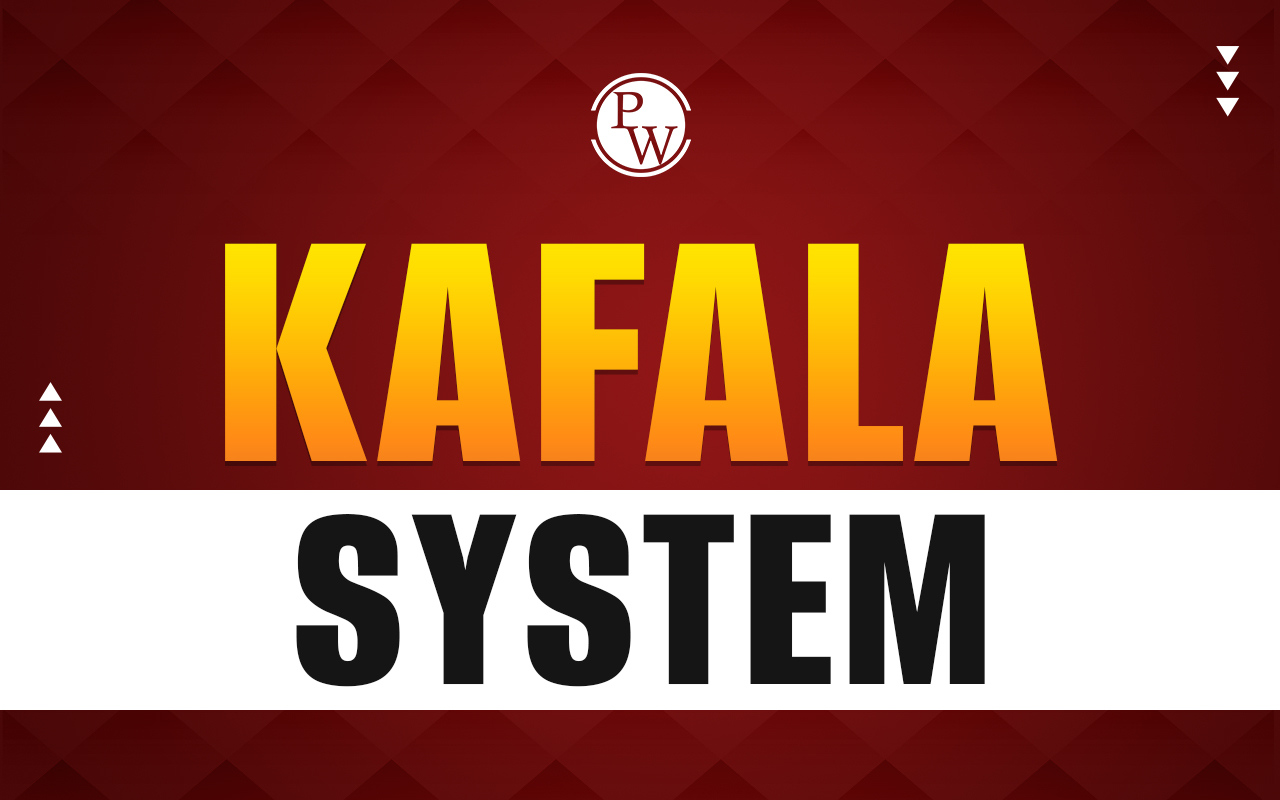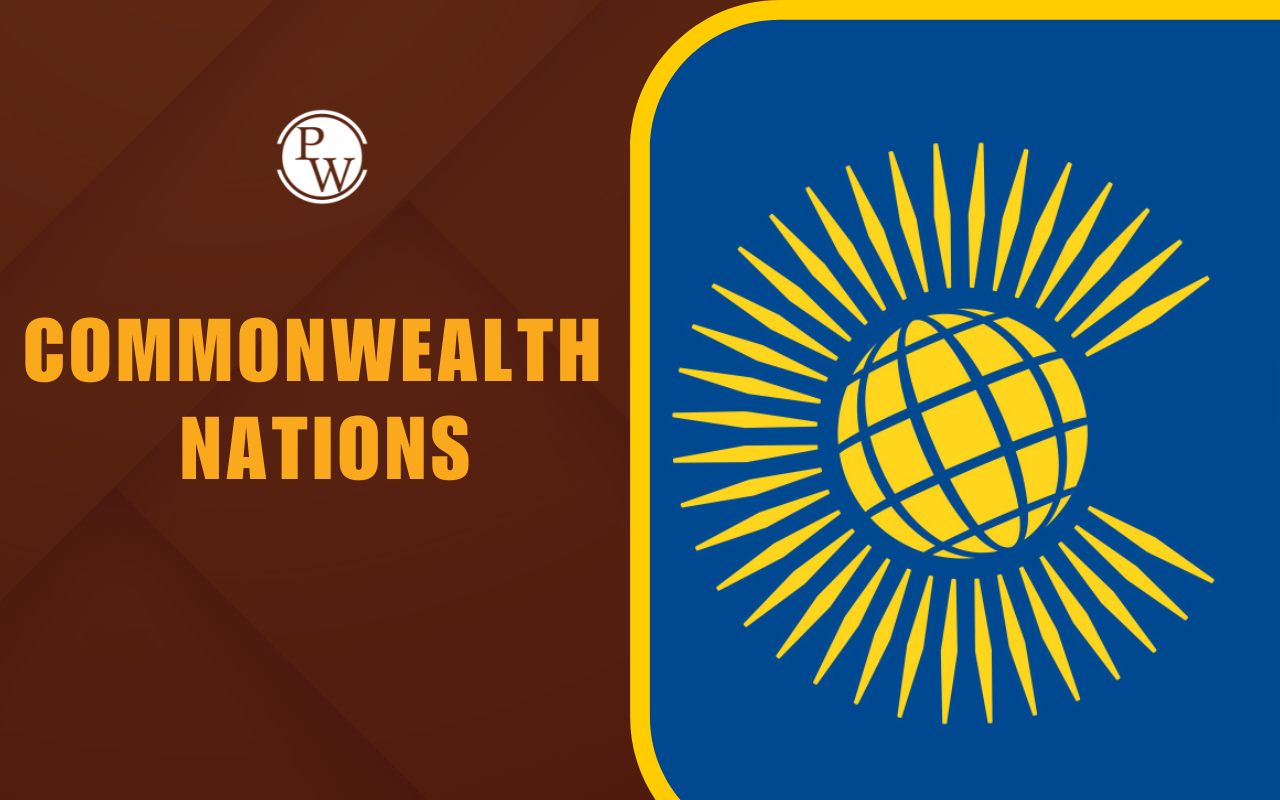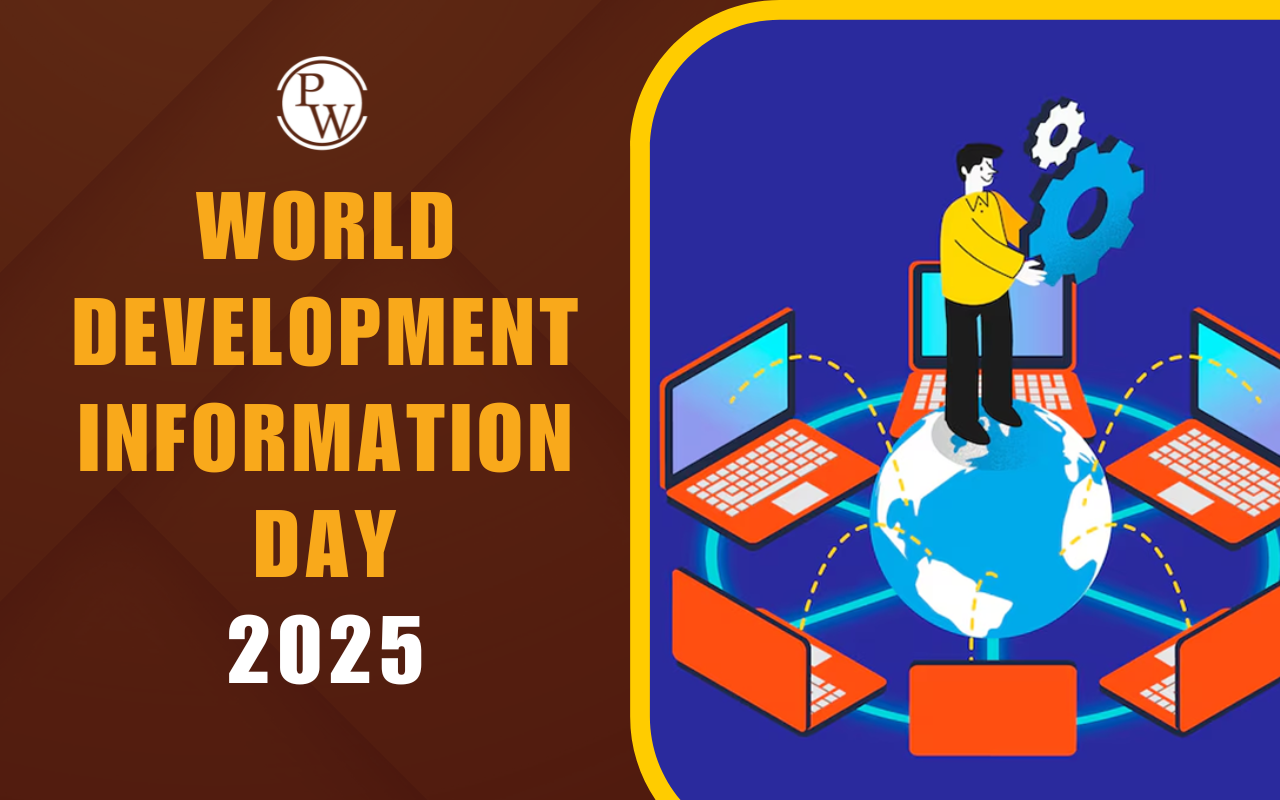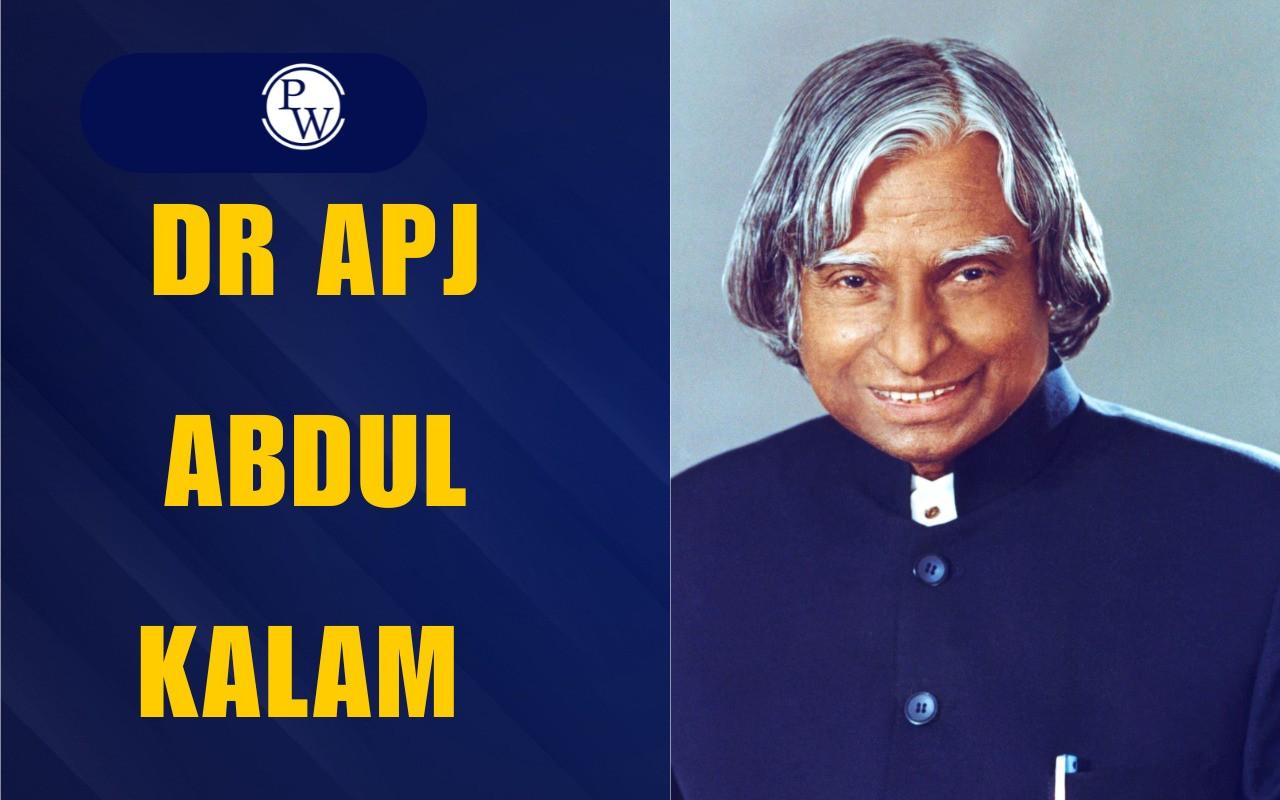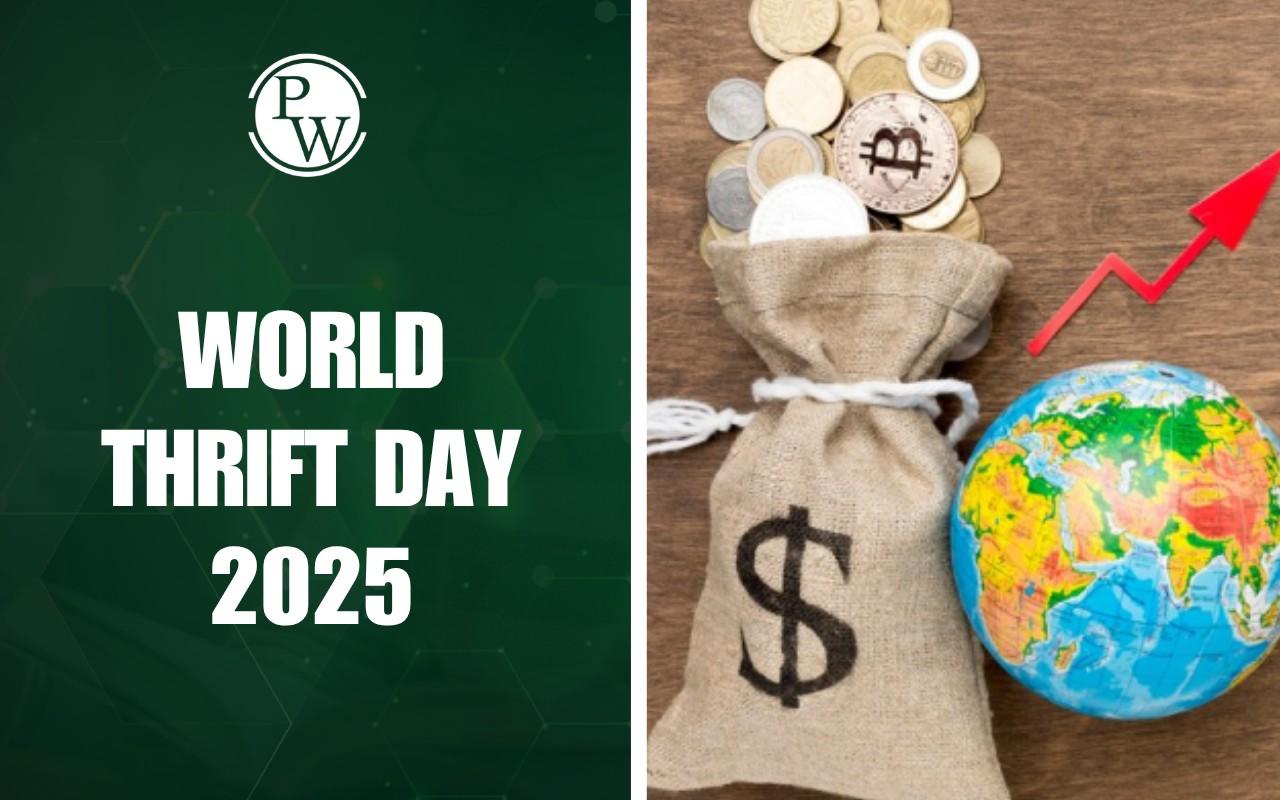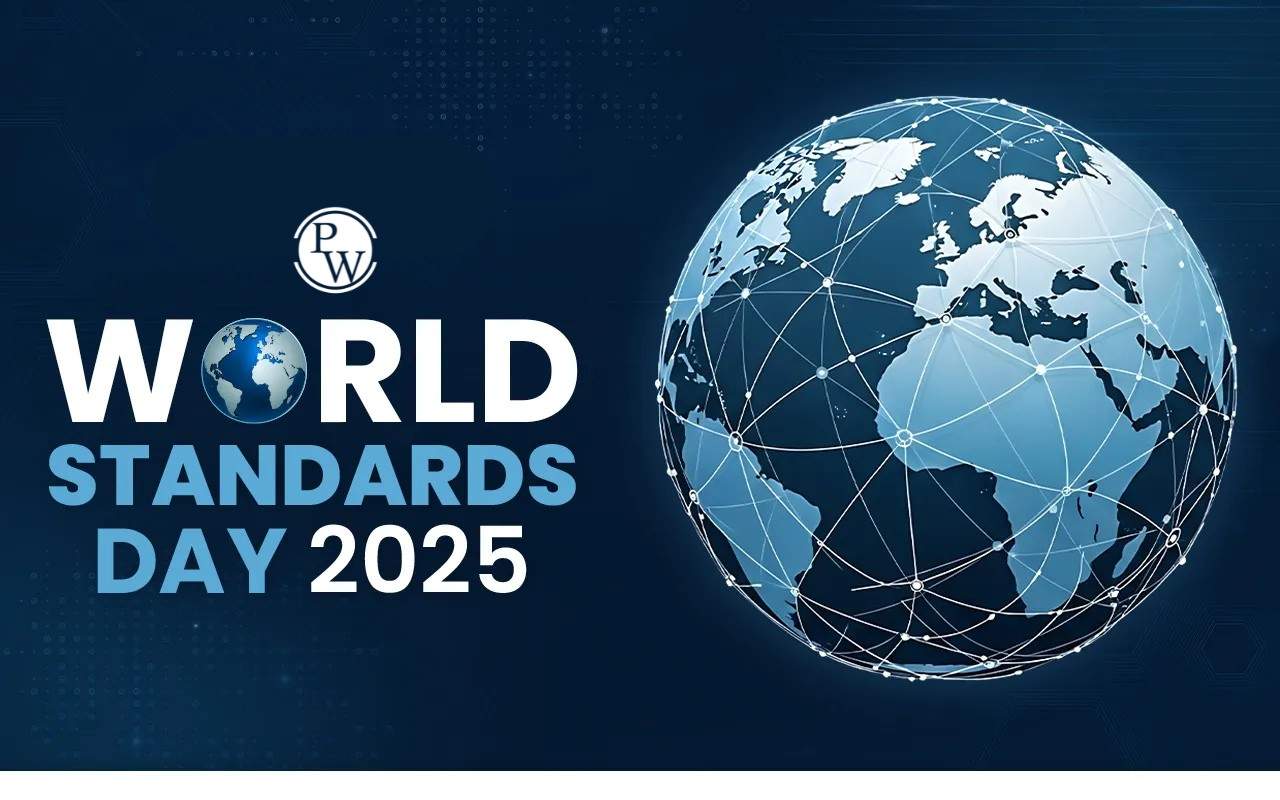
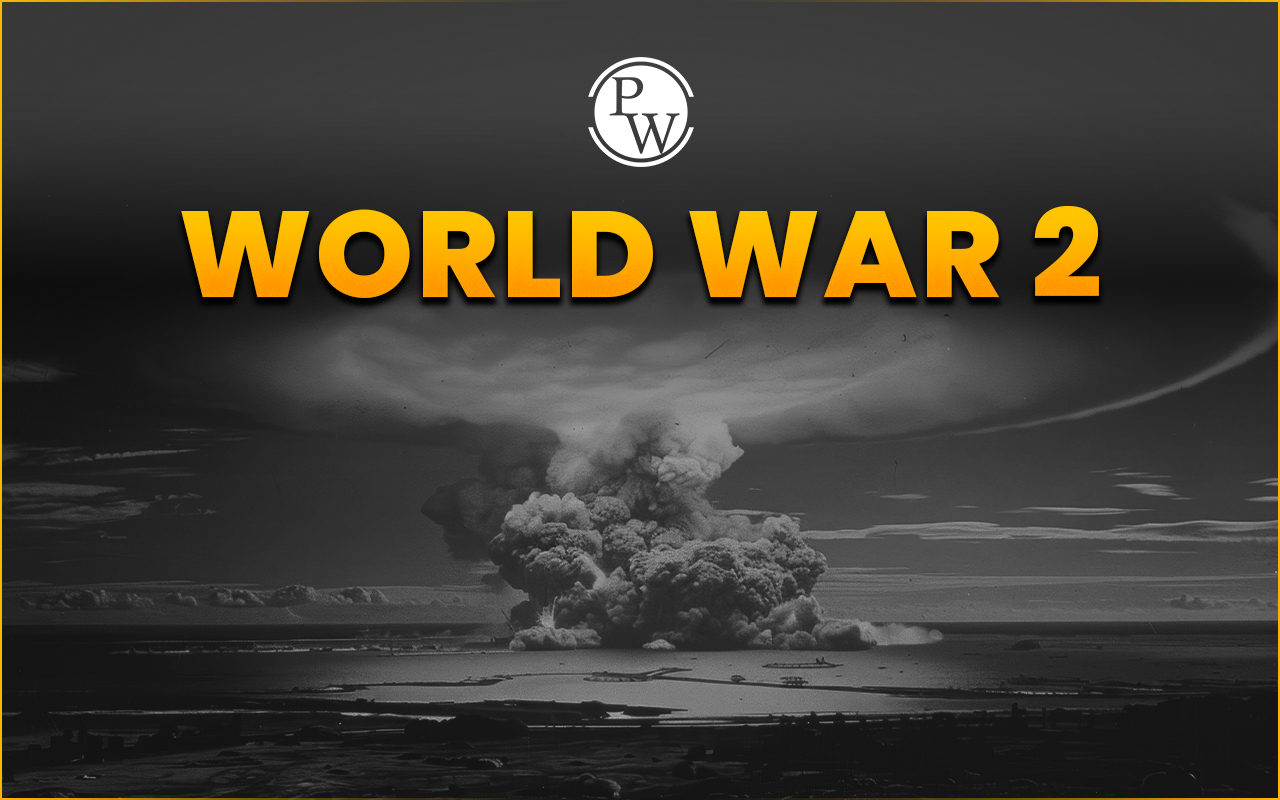
World War 2 remains one of the most significant and catastrophic events in human history. The war was fought between the Axis Powers and the Allied Powers. It involved most nations across the world, making it one of the most widespread and destructive wars in history.
World War 2 reshaped international relations, altered borders, and significantly impacted societies. For UPSC aspirants, understanding the causes, key events, and aftermath of World War 2 is essential as a part of the world history subject.About Second World War
World War 2 was a global conflict that lasted from 1939 to 1945 . It was primarily fought between two opposing military alliances: the Allies and the Axis power s. The immediate cause of WW2 was the invasion of Poland by Germany on September 1, 1939. The war fundamentally changed international relations, leading to the creation of the United Nations (UN) and a new world order dominated by the United States and the Soviet Union. The devastating consequences of the war, including the loss of millions of lives and the destruction of entire cities, continue to influence the world today.Second World War Timeline
World War 2 began on 1st September 1939 and ended on 2nd September 1945 . Here’s a brief timeline of major events:| Date | Event |
| September 1, 1939 | Germany invades Poland. |
| September 3, 1939 | Britain and France declare war on Germany. |
| December 7, 1941 | Japan attacks Pearl Harbor; the U.S. enters the war. |
| June 6, 1944 | D-Day; Allied forces land in Normandy. |
| May 8, 1945 | Germany surrenders (V-E Day). |
| September 2, 1945 | Japan formally surrenders, marking the end of World War II. |
World War 2 Causes
Several factors contributed to the outbreak of World War 2, including political instability, economic crises, and territorial ambitions:- Treaty of Versailles: Harsh reparations and territorial losses imposed on Germany after World War 1 fueled resentment.
- Rise of Fascism: Leaders like Hitler, Mussolini, and Tojo pursued aggressive expansionist policies.
- Failure of the League of Nations: The League was unable to prevent conflicts like Japan’s invasion of Manchuria or Italy’s attack on Ethiopia.
- Economic Depression: The Great Depression destabilized economies, making countries more prone to conflict.
- Expansionism: Germany’s annexation of Austria and the Sudetenland, along with Japan’s invasion of China, heightened tensions.
- Immediate Trigger: The invasion of Poland by Germany on 1st September 1939 was the immediate cause of war.
Countries in World War 2
World War II saw the direct participation of more than 30 nations, divided primarily into two major alliances: Axis Powers: The principal Axis Powers included:- Germany
- Italy
- Japan
- United States
- Soviet Union
- United Kingdom
- China
- France
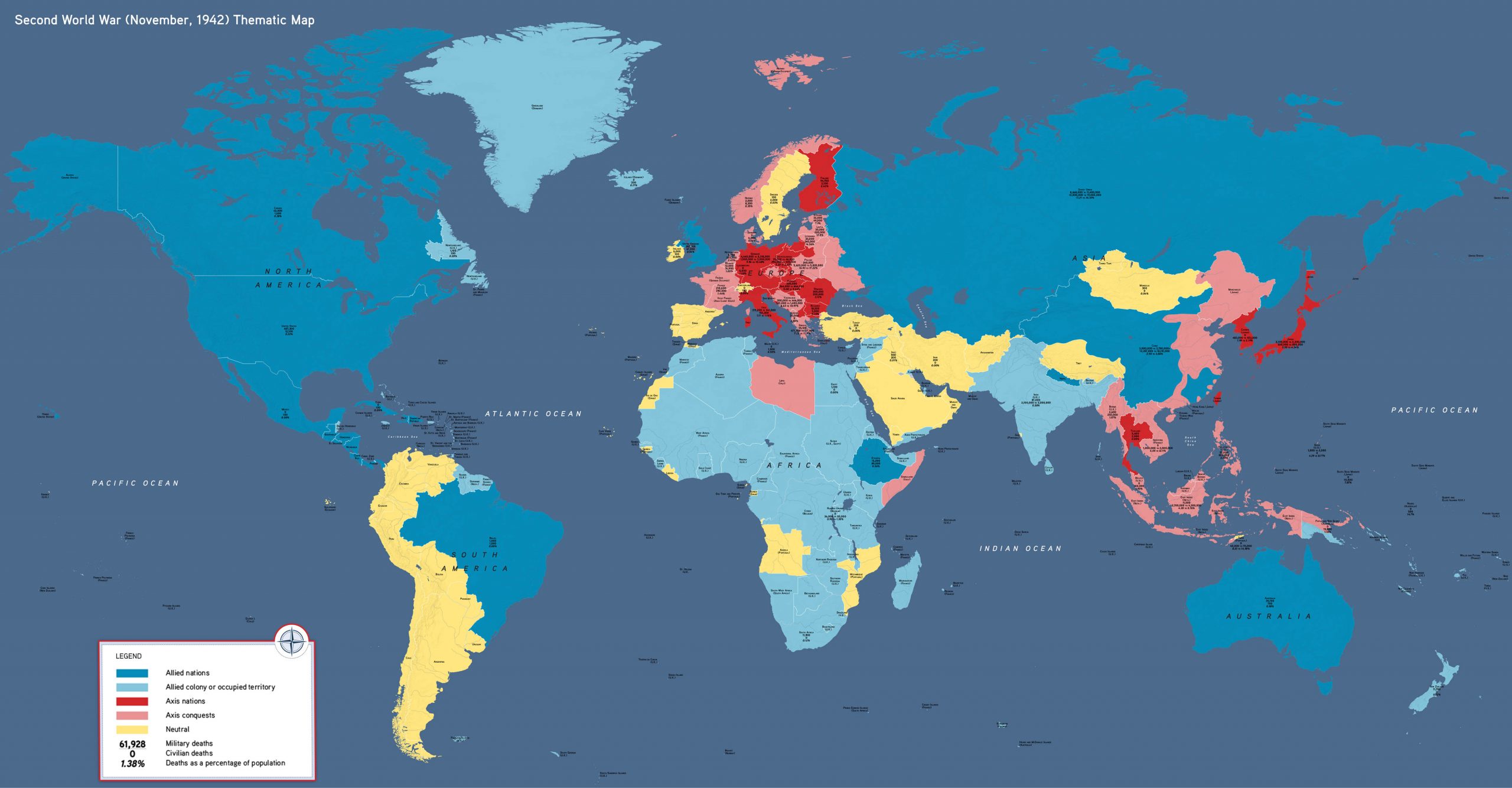 Image Credit: oerproject.com
Image Credit: oerproject.com
World War 2 Key Events
Several key events determined the course of the war and ultimately led to the defeat of the Axis powers. Some of these events were: Invasion of Poland (1939): The war began when Nazi Germany, under Adolf Hitler, invaded Poland on September 1, 1939. This invasion led Britain and France to declare war on Germany, marking the start of the global conflict. Battle of Britain (1940): The German Luftwaffe attempted to destroy the British Royal Air Force (RAF) in preparation for a German invasion of Britain. The RAF’s victory prevented the invasion and was a major morale booster for the Allies. Pearl Harbor Attack (1941): On December 7, 1941, Japan launched a surprise attack on the US naval base at Pearl Harbor, Hawaii. This attack led to the United States entering the war, shifting the balance of power in favor of the Allies. D-Day Invasion (1944): On June 6, 1944, Allied forces launched Operation Overlord, the largest amphibious invasion in history, landing on the beaches of Normandy. This invasion marked the beginning of the liberation of Western Europe from Nazi control. Atomic Bombings (1945): In August 1945, the United States dropped atomic bombs on the Japanese cities of Hiroshima and Nagasaki. The bombings led to Japan’s surrender and the end of World War 2.Impact of Second World War
World War 2 had far-reaching global consequences, including political, social, and economic spheres:-
Human Cost
- While the exact casualties varies, the war resulted in the deaths of an estimated 70-85 million people , including civilians and military personnel.
- The Holocaust , in which millions of Jews were killed by Nazi Germany, is one of the most horrific events of the war.
- Economic Losses :
- Infrastructure was destroyed, and many economies were devastated.
- However, it also led to technological advancements and the development of nuclear power.
-
Decolonisation
- The war weakened European powers, accelerating the independence of colonies.
- Many countries in Asia and Africa gained independence following the war.
-
Creation of the United Nations
- In 1945, the United Nations (UN) was established to promote international cooperation and prevent future conflicts.
-
Geopolitical Shifts
- Resulted in the emergence of the United States and the Soviet Union as superpowers.
- Later tensions between the US and the Soviet Union after World War 2 led to the Cold War.
The Paris Peace Treaties
After the war ended, several peace treaties were signed to formally end hostilities. The Paris Peace Treaties , signed in 1947, were a series of five treaties that officially ended the war. Germany and Japan were required to pay World War 2 reparations under these treaties. While the treaties aimed to restore peace, they also sowed seeds for future tensions.India in World War 2
India played a significant role during World War 2, as it was still under British colonial rule. Over 2.5 million Indian soldiers fought in the war, contributing to the Allied war effort. India’s involvement was mainly in the North African and Asian theaters. The British decision to involve India in World War 2 without consulting Indian leaders sparked widespread unrest and played a significant role in accelerating the Indian independence movement after the war in 1945.World War 2 UPSC PYQs
UPSC Mains 2015 : To what extent can Germany be held responsible for causing the two World Wars? Discuss critically. (150 words, 10 marks)UPSC Mains 2021: “There arose a serious challenge to the Democratic State System between the two World Wars.” Evaluate the statement. (250 words, 15 Marks)
To sum up, World War 2 was a defining event of the 20th century, shaping modern politics, economics, and society. Explore PW UPSC Courses to learn how it impacted Indian nationalism and other topics of world history! ?si=3Aoxr3JSltG3LkDQ| UPSC Related Articles | ||
| Female Freedom Fighters of India | Round Table Conference | Places of Worship Act |
| Parliament Sessions | Government Schemes | Anti-Defection Law |
World War 2 FAQs
What was the World War 2 date?
World War 2 began on 1st September 1939 and ended on 2nd September 1945.
How many countries were involved in World War 2?
Over 30 countries participated in World War 2, with the primary conflict between the Axis and Allied powers.
How many countries were not involved in World War 2?
Approximately 14 nations remained neutral during World War 2.
How many people died in World War 2?
An estimated 70-85 million people died during World War 2, including both military personnel and civilians.
What were World War 2 reparations?
World War 2 reparations were compensatory payments or penalties imposed on the Axis powers, particularly Germany and Japan, for the destruction caused during the war.
Talk to a counsellorHave doubts? Our support team will be happy to assist you!

Free Learning Resources
PW Books
Notes (Class 10-12)
PW Study Materials
Notes (Class 6-9)
Ncert Solutions
Govt Exams
Class 6th to 12th Online Courses
Govt Job Exams Courses
UPSC Coaching
Defence Exam Coaching
Gate Exam Coaching
Other Exams
Know about Physics Wallah
Physics Wallah is an Indian edtech platform that provides accessible & comprehensive learning experiences to students from Class 6th to postgraduate level. We also provide extensive NCERT solutions, sample paper, NEET, JEE Mains, BITSAT previous year papers & more such resources to students. Physics Wallah also caters to over 3.5 million registered students and over 78 lakh+ Youtube subscribers with 4.8 rating on its app.
We Stand Out because
We provide students with intensive courses with India’s qualified & experienced faculties & mentors. PW strives to make the learning experience comprehensive and accessible for students of all sections of society. We believe in empowering every single student who couldn't dream of a good career in engineering and medical field earlier.
Our Key Focus Areas
Physics Wallah's main focus is to make the learning experience as economical as possible for all students. With our affordable courses like Lakshya, Udaan and Arjuna and many others, we have been able to provide a platform for lakhs of aspirants. From providing Chemistry, Maths, Physics formula to giving e-books of eminent authors like RD Sharma, RS Aggarwal and Lakhmir Singh, PW focuses on every single student's need for preparation.
What Makes Us Different
Physics Wallah strives to develop a comprehensive pedagogical structure for students, where they get a state-of-the-art learning experience with study material and resources. Apart from catering students preparing for JEE Mains and NEET, PW also provides study material for each state board like Uttar Pradesh, Bihar, and others
Copyright © 2025 Physicswallah Limited All rights reserved.



